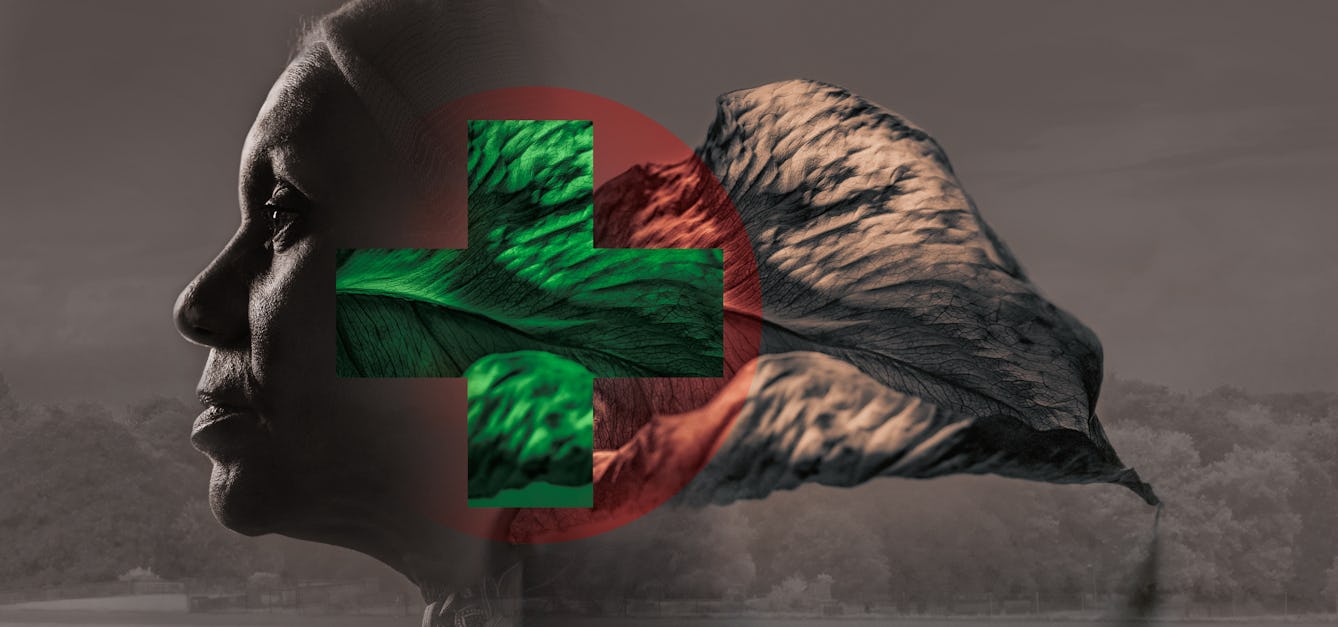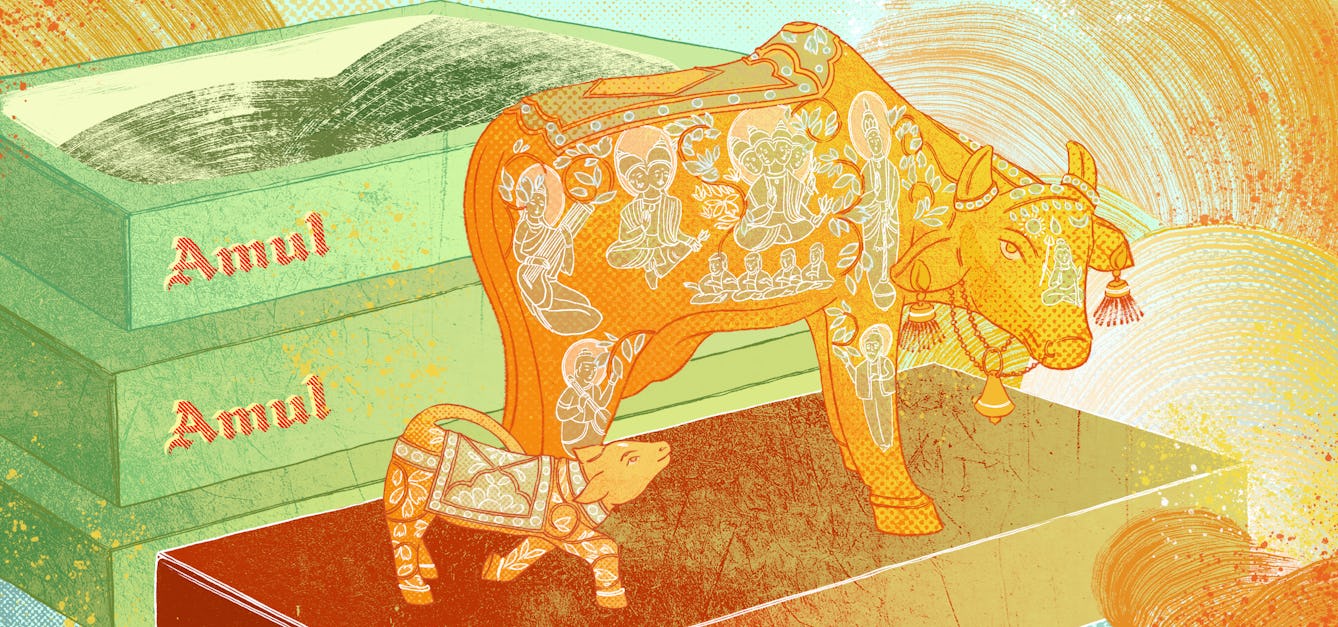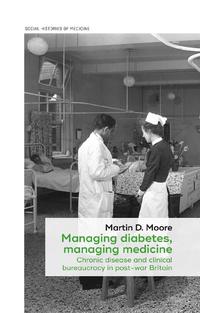Stories

- Article
Eugenics and the welfare state
Indy Bhullar explores the ideas of William Beveridge and Richard Titmuss, who were strongly influenced by eugenic thinking, and yet championed the idea of the welfare state.

- Long read
Healthy scepticism
Healthcare sceptics – like those opposed to Covid-19 vaccinations – often have serious, nuanced reasons for doubting medical authorities.

- Article
Sacred cows and nutritional purity in India
Apoorva Sripathi explores the complex reasons behind India’s recent boom in all things dairy – beginning with a 1970s Western food-aid programme.

- Article
Ginger’s role in cures and courtroom battles
Some people will use a dose of ginger to help with hangovers – but it hasn’t always been a friend to the thirsty.
Catalogue

- Books
- Online
State aided v. voluntary hospitals / by W. Knowsley Sibley.
Sibley, Walter Knowsley, 1862-Date: 1896- Books
Healing the herds : disease, livestock economies, and the globalization of veterinary medicine / edited by Karen Brown and Daniel Gilfoyle.
Date: [2010], ©2010- Books
- Online
Managing diabetes, managing medicine : chronic disease and clinical bureaucracy in post-war Britain / Martin D Moore.
Moore, Martin D.Date: 2019- Archives and manuscripts
Company-wide Newsletters & Journals (internal)
Date: 1942 - 2000Reference: WF/M/PB/01Part of: Wellcome Foundation Ltd- Archives and manuscripts
Radford, Drs Maitland and Muriel
Radford, Maitland (b.1885 - d.1944)Date: 1894-1986Reference: PP/RAD










